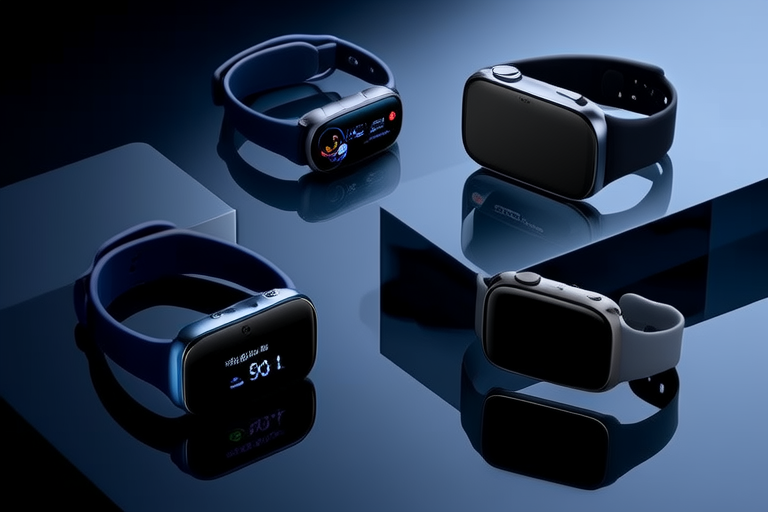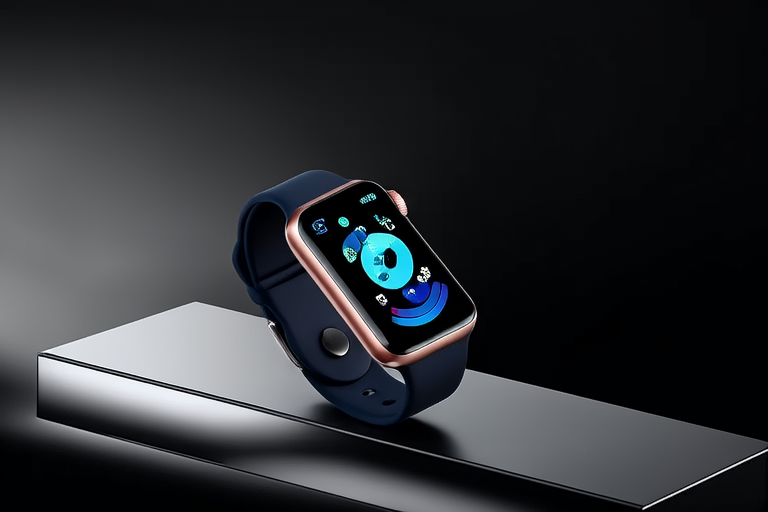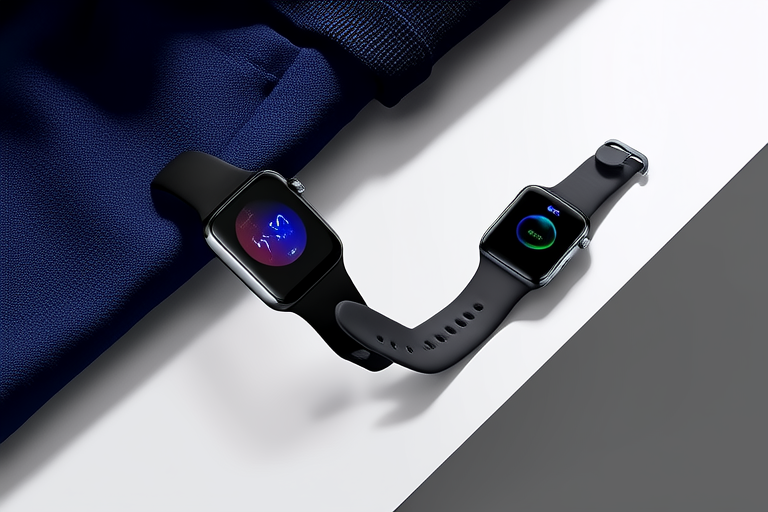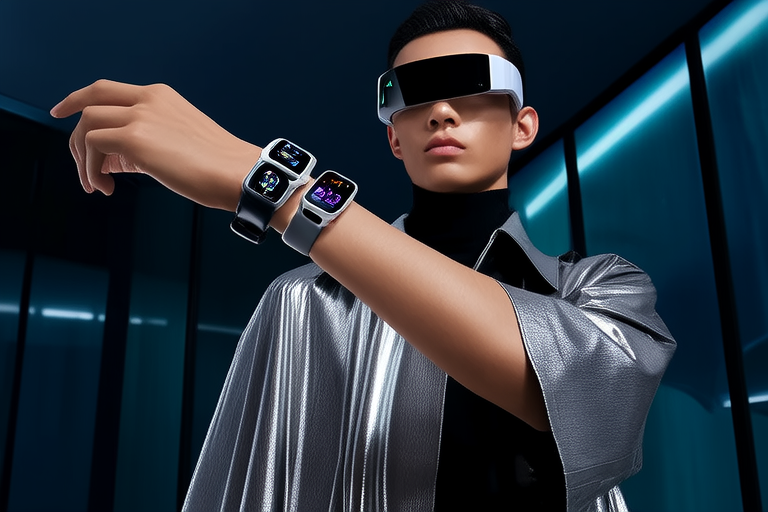The Future of Wearable Tech: What’s Next for Smart Devices?
Introduction
Wearable technology has rapidly evolved from a niche concept to a mainstream phenomenon, revolutionizing how we interact with the digital world. From fitness enthusiasts tracking their steps to professionals managing their schedules on smartwatches, wearables have seamlessly integrated into daily life. These devices offer convenience, personalization, and real-time data insights, empowering users to make informed decisions about their health, productivity, and lifestyle. As the adoption of wearable tech continues to grow, its impact extends beyond individual users, influencing industries such as healthcare, fashion, and entertainment. But what lies ahead for this dynamic field? This article explores the evolution, current trends, emerging innovations, and future possibilities of wearable technology.
Current Trends in Wearable Tech
Today’s wearable tech landscape is dominated by a variety of devices catering to different needs and preferences. Smartwatches, led by brands like Apple, Samsung, and Garmin, remain the most popular category. These devices combine functionality with style, offering features such as notifications, GPS tracking, contactless payments, and advanced fitness metrics. Fitness trackers, exemplified by Fitbit and Xiaomi, focus on health monitoring, providing users with detailed insights into their activity levels, heart rate, sleep patterns, and more.
Augmented reality (AR) glasses are another exciting trend gaining traction. Companies like Microsoft, with its HoloLens, and Meta, with AR-focused initiatives, are pushing the boundaries of immersive experiences. These glasses overlay digital information onto the real world, enhancing productivity in professional settings or creating interactive gaming environments. Meanwhile, hearables—smart earbuds and headphones equipped with voice assistants and biometric sensors—are redefining audio experiences while doubling as health monitors.
These devices highlight the versatility of wearable tech, addressing diverse needs ranging from health and wellness to entertainment and workplace efficiency. Their growing popularity underscores the demand for seamless integration between physical and digital realms.
Emerging Technologies
The next wave of wearable technology promises even greater innovation and sophistication. One area poised for significant growth is advanced health monitoring. For instance, non-invasive glucose tracking systems could transform diabetes management by eliminating the need for frequent finger pricks. Similarly, electrocardiogram (ECG) capabilities embedded in wearables allow users to detect irregular heart rhythms early, potentially saving lives.
Brain-computer interfaces (BCIs) represent another groundbreaking frontier. Although still in experimental stages, BCIs aim to enable direct communication between the human brain and external devices. Imagine controlling your smart home appliances or typing messages simply by thinking—a possibility that could redefine accessibility for individuals with disabilities.
Artificial intelligence (AI) will also play a pivotal role in shaping the future of wearables. AI-driven personalization can analyze vast amounts of user data to deliver tailored recommendations, whether it’s optimizing workout routines, improving sleep quality, or managing stress levels. Furthermore, predictive analytics powered by AI could anticipate health issues before they arise, enabling proactive interventions.
These advancements not only enhance functionality but also expand the scope of wearable applications, making them indispensable tools for both personal and professional use.
Integration with Other Tech
As wearable technology matures, its integration with other technological ecosystems becomes increasingly vital. Smartphones remain central to this synergy, serving as hubs that connect wearables to broader networks. For example, smartwatches rely on paired smartphones for tasks like receiving calls, sending messages, and accessing apps.
The Internet of Things (IoT) further amplifies the potential of wearables by enabling deeper connectivity across devices. A fitness tracker might sync with a smart scale and refrigerator to provide holistic health advice based on weight fluctuations and dietary habits. In smart homes, wearables could act as universal remotes, allowing users to adjust lighting, temperature, and security settings through gestures or voice commands.
This interconnected ecosystem fosters unparalleled convenience and efficiency, creating a truly seamless user experience. By bridging the gap between personal devices and larger infrastructures, wearables become integral components of a cohesive digital environment.
Challenges Ahead
Despite its promise, the wearable tech industry faces several hurdles that must be addressed to ensure sustainable growth. Privacy concerns top the list, as these devices collect sensitive personal data, including biometrics and location history. Ensuring robust encryption and transparent data policies is crucial to maintaining user trust.
Battery life remains a persistent challenge, particularly for feature-rich devices requiring constant connectivity. Innovations in energy-efficient hardware and wireless charging technologies are essential to overcoming this limitation.
Design constraints present another obstacle. Striking a balance between aesthetics, comfort, and functionality is no easy feat. Consumers expect sleek, lightweight designs without compromising performance—a tall order for manufacturers.
Ethical considerations also come into play, especially regarding the misuse of collected data or the potential for over-reliance on technology. Policymakers and companies must collaborate to establish guidelines that prioritize user welfare and prevent exploitation.
Predictions for the Future
Looking ahead, wearable technology is set to undergo transformative changes that will reshape industries and society at large. Breakthroughs in materials science may lead to flexible, stretchable electronics that conform to the body’s contours, enhancing comfort and durability. Self-healing fabrics and biodegradable components could address environmental concerns associated with electronic waste.
New use cases will emerge as wearables evolve. For instance, medical-grade wearables could facilitate remote patient monitoring, reducing hospital visits and lowering healthcare costs. In education, AR-enabled glasses might create immersive learning environments, bringing textbooks to life through interactive visuals.
Societal implications will accompany these advancements. On one hand, wearables could promote inclusivity by empowering marginalized groups with accessible tools. On the other hand, disparities in access to cutting-edge technology could exacerbate existing inequalities. Balancing innovation with equity will be critical to ensuring widespread benefits.
Ultimately, wearable tech has the potential to blur the lines between humans and machines, fostering a symbiotic relationship that enhances our capabilities and enriches our lives.
Conclusion
Wearable technology has come a long way since its inception, evolving from simple pedometers to sophisticated devices capable of transforming how we live, work, and interact. Current trends showcase the versatility of wearables, while emerging technologies hint at an even brighter future filled with possibilities. However, challenges such as privacy, battery life, and ethical dilemmas underscore the need for responsible development.
As wearable tech continues to integrate with other technologies and push the boundaries of innovation, its transformative potential cannot be overstated. By addressing existing limitations and embracing new opportunities, the industry can pave the way for a future where wearables are not just accessories but indispensable extensions of ourselves. The journey ahead promises to be as exciting as it is impactful, heralding a new era of human-digital interaction.




